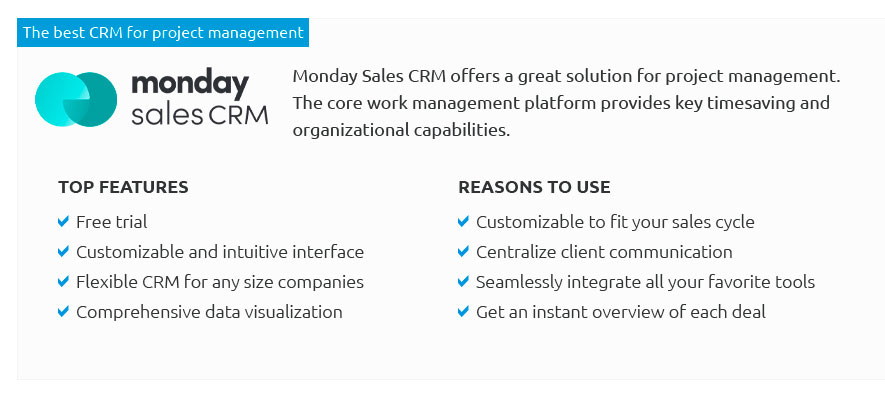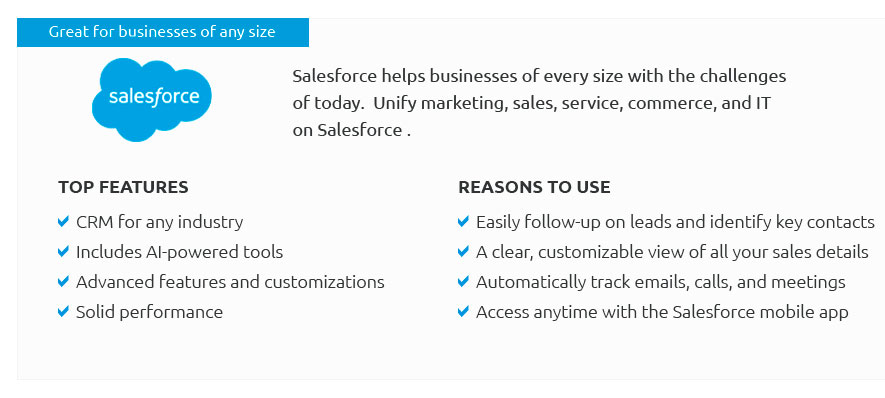 |
 |
 |
 |
 |
|
 |
|
 |
|
 |
|
 |
|
 |
|
 |
 |
|
hyutor1yf Unlock the true potential of your business with our comprehensive CRM Software Review-your ultimate guide to discovering the best CRM platforms on the market today, where 'Most Simple CRM' shines as a beacon of effortless efficiency and user-friendly design; say goodbye to complexity and hello to streamlined success, as you delve into a world where managing customer relationships transforms from a daunting task into a seamless experience, empowering you to focus on what truly matters: nurturing connections, boosting sales, and driving growth with confidence, clarity, and the unmatched ease of the most intuitive CRM solution you'll ever need.
https://www.flowlu.com/blog/crm/simple-crm/
#2: HubSpot CRM ... HubSpot is a very complete, simple CRM tool that helps you with the different departments of your companyfrom marketing to ... https://www.salesmate.io/simple-crm/
Discover a Simple CRM that combines user-friendly design and powerful time-saving features. Create business flows, boost productivity, and close more deals ... https://www.onepagecrm.com/
OnePageCRM is a simple & easy-to-use CRM for small business. Rated by Forbes as one of the Best Simple CRM systems 2025. 21-day free trial.
|